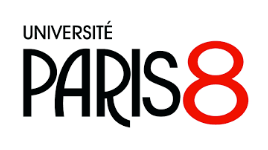16h30
Visioconférence
Dávid Györfi (Surrey Morphology Group)
Imperfectivity in Kazakh – an overview
Dávid Győrfi, University of Surrey. December, 2020.
Turkic languages, especially Kazakh and its relatives in the Kypchak group present an intriguing case for those who are interested in complex predicates and multiverb constructions. This paper focusses TAM expression and in particular, four auxiliary verbs that participate in twelve auxiliary verb constructions (henceforth AVCs) that express various flavors of the imperfective grammatical aspect.
The aforementioned four auxiliaries are part of a group of 18 auxiliary verbs that meet the following criteria:
- transparent lexical origin, where the lexeme is used both as a lexical verb, and as an auxiliary verb whose lexical meaning is bleached and expresses a grammatical meaning (grammatical aspect and/or modality)
- auxiliaries constitute a rigid AVC, where the lexical verb appears in one of the three converbial forms, (almost) nothing can intervene and the rest of the inflection is marked on the auxiliary (tense, agreement etc.); see the example below.
(1) Aygerim düken-ge bar-a žatïr
Aygerim store-dat go-cvb.a aux(‘lie’).aor.3sg
‘Aygerim is going to the store.’
This presentation will start with the peculiarities of four auxiliary lexemes (žat ‘lie’, otïr ‘sit’, tur ‘stand’, žür ‘walk’), such as their use as lexical verbs, copulas and auxiliaries in an AVC. It is then shown that they constitute an inflectional class described by the loss of agreement that can be explained by a process of haplology that surfaces in other Turkic languages as well, and that has led to a situation where these verbs have two morphologically distinct versions of the aorist marker. Since this is true for both the auxiliary and the lexical usage of these verbs, this will be the key argument for assuming a single lexeme for both functions.



